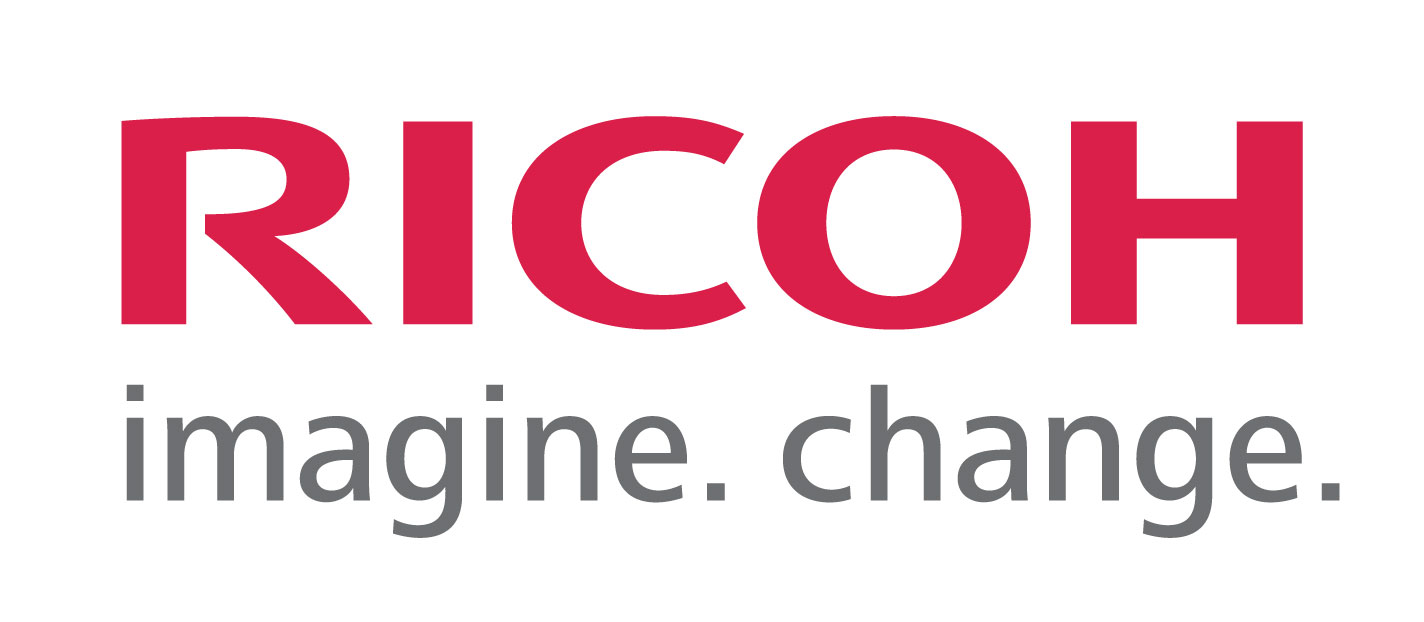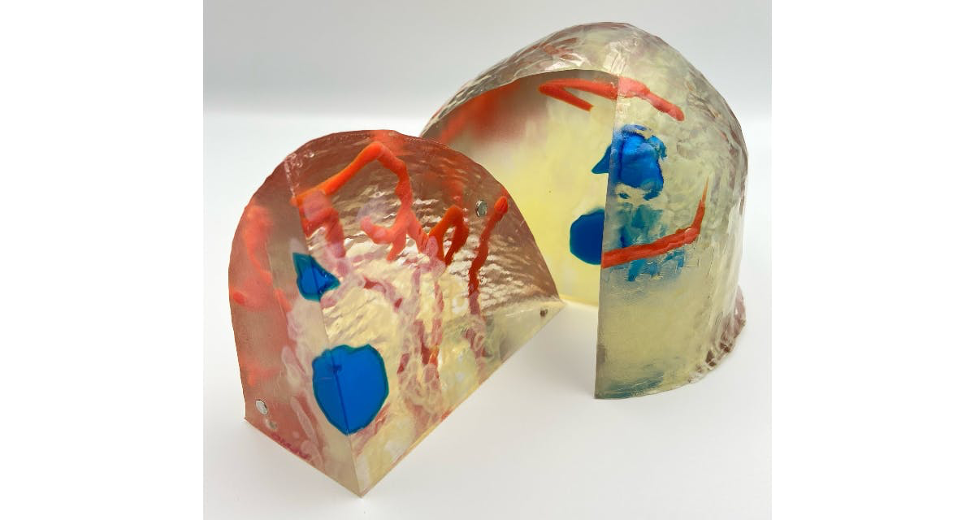
Campbell, CA, February 21, 2018 – Ricoh Electronic Devices Co., Ltd. has launched two VFM mode Buck DC/DC Converters RP511 and RP512, designed to use in wearable devices and applications for Internet of Things (IoT) requiring low current consumption to extend battery life. Additionally, the products also feature a minimum of external components and are available in a small package to reduce circuit board space.
Today’s wearable and IoT devices mainly operate in a sleep mode and therefore power consumption is significantly defined by the quiescent current which refers to a circuit’s quiet state, not driving any load. In this mode, the system is idle but ready to wake up at any time to perform a task, transmitting some data and resume to sleep mode again.
The RP511 and RP512 have an impressive low quiescent current and consume only 300 nA, prolonging battery life and makes it possible for the designer to select a smaller sized battery for the application. The difference between the two products is their output current capability; they can provide respectively 100 and 300 mA. Both products offer synchronous rectification and have high and low side MOSFET driver transistors embedded, eliminating the need for an external diode in the circuit. As for the available packages, one can select from a SOT-89-5, DFN2527-10 and the smallest product solution is a WLCSP-8-P1 package. With only three external components needed, the total circuit board area is only 8.0 or 10.6 mm2.
The DC/DC Converters operate in a VFM mode which is best to achieve when demand is for a high efficiency performance at low output current. The peak efficiency of around 95% can be realized.
A number of protection circuits are integrated, such as an Under Voltage Lock-Out circuit disabling the DC/DC Converter in case the input voltage drops below a minimum threshold. A soft-start circuit controls the output voltage to ramp-up smoothly and prevents any output overshoot and undershoot during the start-up period. The Lx current limit circuit prevents the peak current through the inductor to exceed a specific maximum current threshold.
The RP511 and RP512 have an optional auto-discharge function., This feature rapidly discharges the output capacitor once the chip is disabled by the CE pin.
RP511 / RP512 Features
| Input Voltage Range
Output Voltage Range Output Voltage Accuracy Output Current Quiescent Current Standby Current PMOS On-Resistance NMOS On-Resistance Protection Circuits Peak Efficiency Operating Frequency Auto-Discharge Function Package |
2.0 V to 5.5 V (in 0.1 V step) 1.0 V to 4.0 V (Vset ≥ 1.2 V) ±1.5%, (Vset < 1.2 V) ±18 mV 100 mA / 300 mA (device not switching) Typ. 300 nA 0.01 µA (Vin = 3.6V, RP511Z / RP512Z) 0.15 Ω (Vin = 3.6V, RP511Z / RP512Z) 0.15 Ω UVLO, Soft-Start, Lx Current Limit (Vin = 2.0 V, Vout = 1.8 V) 95% Up to 1 MHz Optional WLCSP-8-P1, DFN2527-10, SOT89-5 |
For further information, please visit www.e-devices.ricoh.co.jp/en/
### |
© 2018 Ricoh Electronic Devices Co., Ltd. All rights reserved. All referenced product names are
the trademarks of their respective companies.


